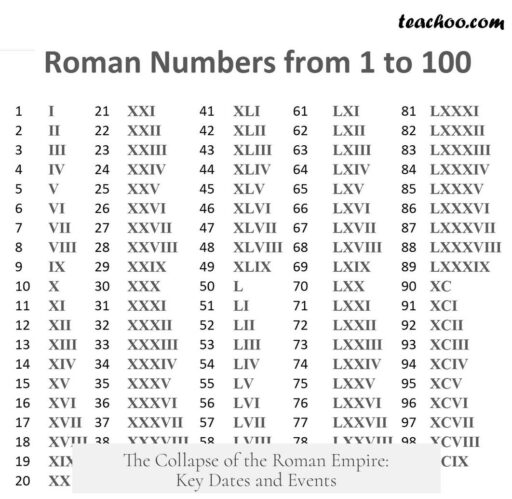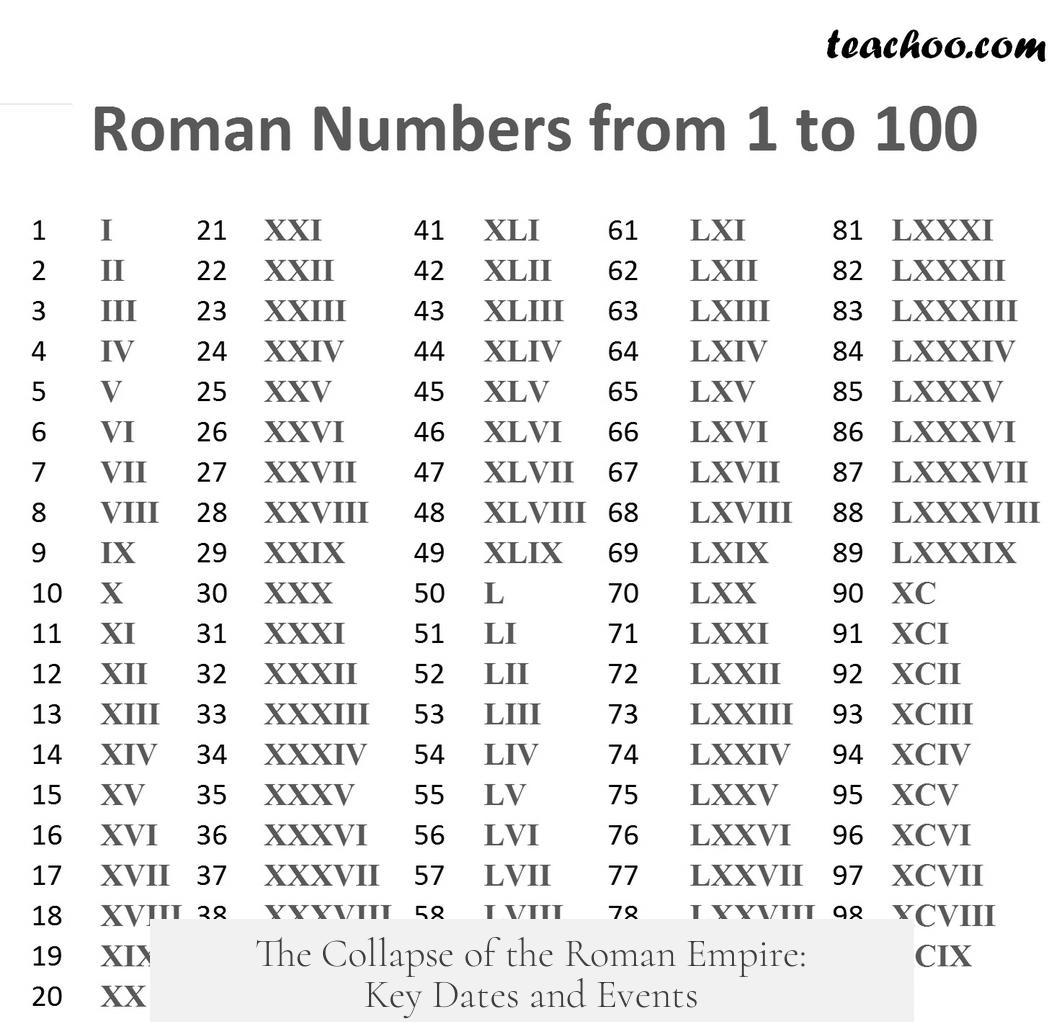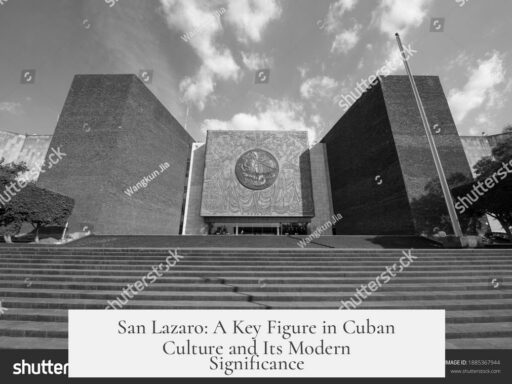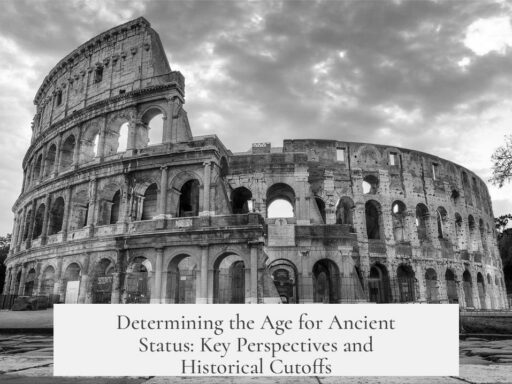The Roman Empire collapsed at different times depending on which part of the empire is considered. The Western Roman Empire traditionally fell in 476 AD, while the Eastern Roman Empire, also known as the Byzantine Empire, lasted until 1453 AD.
The collapse of the Western Roman Empire is generally marked by the year 476 AD. This date corresponds with the deposition of the last Western Roman emperor, Romulus Augustulus, by the Germanic king Odoacer. After this event, no Roman emperor ruled from Italy, and the imperial regalia were sent to Constantinople. This date is symbolic as it represents the loss of the Western Empire’s nominal capital and government structure.
However, some historians argue for different collapse dates or phases. Some suggest the empire was already a “rump state” by 461 AD, after the coup of Ricimer against Emperor Majorian. Others trace the empire’s decline back to the 3rd-century crisis, which included civil wars, economic troubles, and military defeats that severely weakened central authority. The sack of Rome in 410 AD by the Visigoth king Alaric also symbolizes the breakdown of Roman power. Thus, the Western Empire’s collapse was a gradual decline, with several key turning points.
Despite its administrative fall, Roman institutions and culture persisted for generations. Local governments often retained Roman law and customs, and the transition into medieval Europe was slow. The idea of a sharp end in 476 AD is partly a historical convenience rather than an absolute event.
The Eastern Roman Empire or Byzantine Empire survived long after the fall of the West. Its traditional end date is 1453 AD, when Ottoman Sultan Mehmed II conquered Constantinople and killed Emperor Constantine XI. This conquest ended the Byzantine state and, by extension, the Roman Empire in its original sense. The empire was a continuation of Roman political and cultural traditions with changes in language, religion, and administration.
Some suggest alternate end dates for the Eastern empire: 1204 AD, when the Crusaders sacked Constantinople, breaking the empire into splinter states, or even the 7th century after major territorial losses to the Arabs when the empire drastically shrank in size and influence. The reign of Emperor Heraclius (early 7th century) marks a transformation point when Greek replaced Latin as the administrative language and the empire shifted focus to its eastern territories. This evolution led to the Byzantine Empire’s distinctive identity but was still considered Roman by its inhabitants.
Several factors caused the Western Roman Empire’s decline and fall, including:
- Military losses: Ongoing wars weakened Roman borders. The Gothic invasions and the sack of Rome in 410 were critical blows.
- Economic crisis: Heavy taxation, inflation, and financial mismanagement drained imperial resources.
- Division of the empire: The split into east and west led to weakened coordination and conflicting priorities.
- Size and administration: Governing vast territories impaired effective control and communication.
- Ineffective leadership: Political instability and frequent assassinations caused chaos.
- Barbarian migrations: Pressure from the Huns pushed Germanic tribes into Roman lands.
- Rise of Christianity: Changing religious values may have undermined traditional Roman unity and military spirit.
- Military composition changes: Increasing reliance on foreign mercenaries reduced loyalty and effectiveness.
In sum, the Roman Empire’s “fall” is a complex process involving military, economic, political, and cultural changes over centuries. The Western Roman Empire traditionally ends in 476 AD with the removal of its last emperor. The Eastern Roman Empire survives until 1453 AD when Constantinople falls to the Ottomans.
| Empire Part | Traditional Collapse Date | Significant Event |
|---|---|---|
| Western Roman Empire | 476 AD | Deposition of Romulus Augustulus by Odoacer |
| Eastern Roman Empire (Byzantine Empire) | 1453 AD | Fall of Constantinople to Ottoman Sultan Mehmed II |
- The Western Roman Empire collapses in 476 AD, marked by the deposition of its last emperor.
- The Eastern Roman Empire survives as the Byzantine Empire until 1453 AD.
- Several internal and external factors cause the decline, including military defeats, economic troubles, and political instability.
- The fall was gradual and complex, not a single event.
- Roman institutions and culture persisted beyond political collapse, influencing medieval Europe.




